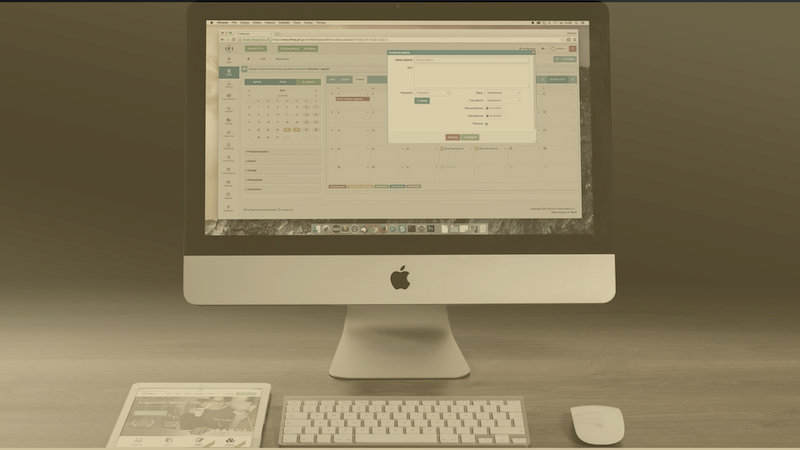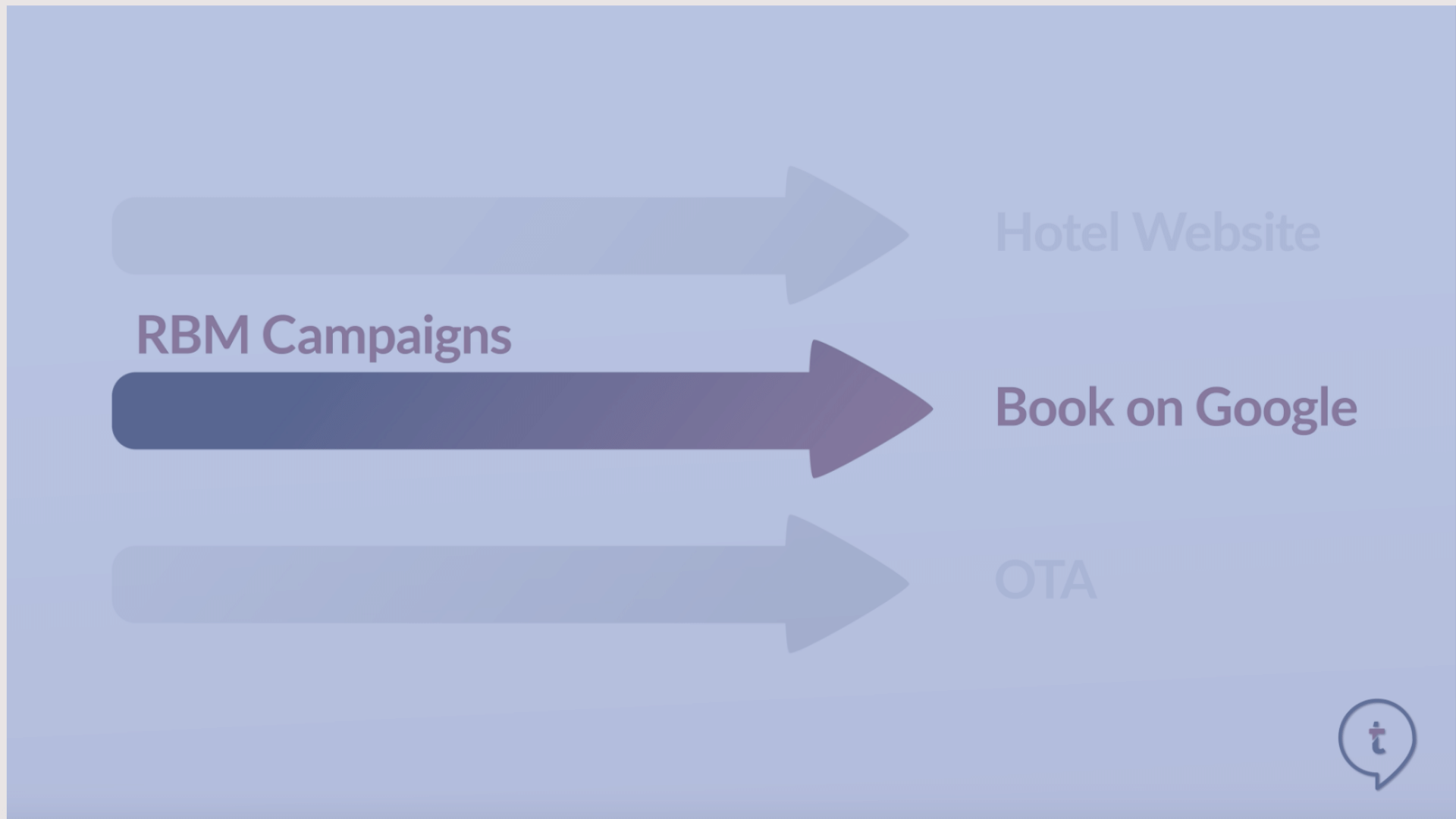The cost of direct sales: Calculation.
Click Download button to get your Cost Calculator.
Use Adobe Reader for optimised experience.
Guest post by César López from Mirai - cost calculator provided by Mirai.
Would you go on a diet without knowing or controlling your weight and without using scales? Then why, as a professional, do you want to boost your direct sales without knowing its cost?
Few basic issues of hotel marketing are surrounded by so much lack of knowledge and are subject to so many manipulations. We hear hoteliers say that “It costs nothing”, reports funded by OTAs which reach the conclusion that they incur the same high costs as intermediated ones and others which state that nobody knows the cost.
Most independent hoteliers would not be able to respond with an exact figure. Knowing it will justify and allow you to quantify your direct sales boosting actions at the expense of other channels, which comes with the savings estimate it entails.

Let’s talk about cost, more specifically on its percentage and especially the direct online sales one, not including offline ones (phone, call centre, etc.). By no means is the cost the only variable you should control. Focusing on it now does not mean neglecting other essential and complementary ones, such as average price.
In this article we compile everything that you need to know to shed some light on the subject. In this first part we analyse why you should know the cost, why it is so complicated to find out and, above all, how to calculate it. In Part II we will address the adequate figure and how to identify and increase necessary investments.
Before you calculate anything, take the following four points into account:
1. We are looking for a percentage
Agency-type intermediaries bear a transparent cost: their commission percentage, which is known even before receiving the first booking. We do not need to obtain the amount in euros from its commission paid every month, nor its production in terms of generated bookings. It does not affect the period that we want to measure, which is the future or past, long term or short term. The average percentage is about 16-25%.
In order to compare, we want to obtain the same type of figure with direct sales: the percentage of cost, EXPENSES divided by INCOME. Easy? Yes, but there are many complications along the way that explain the mystery about this figure which you must know before you obtain the exact cost.
2. Fixed costs: Allocate them an amortisation period
Direct sales usually require fixed investments (recurring ones or single payments) which are amortised over a period of time. Intermediaries, in their internal finances, also incur in these expenses but translate them into a simple percentage cost or fee per booking for hotels. For direct sales, nobody will make this calculation on behalf of the hotel.
In the list of expenses, you must not add the total number of expenses but rather the one which corresponds to the period that you wish to analyse.

3. Exclude branding costs or share it among various channels
There is a fine line between promoting the hotel (branding) and promoting a hotel’s direct sales. Often, the same investment covers both objectives so we must separate the total cost in order to ignore the part of it allocated to branding.
- Branding: the amount which is allocated to the general promotion of the hotel/chain in relation to the competition.
- Direct sales: only the amount which is specifically directed to bookings on the hotel/chain channels, those made on the official website or the app.
The separation line can be a bit confusing. If in doubt, answering these two questions immediately clarifies the distinction:
Question 1: Does it benefit all hotel sales channels?
In that case we are talking about branding. If it benefits just some but not others, then we should assign the cost only to those channels and share it between them.
Question 2: If the hotel/chain did not have direct sales, would it also make this investment? Would it but to a lesser extent?
The answer will tell us the proportion of it we must allocate to direct sales


Applying the questions to each expenditure item allows us to reach the conclusion that most of them should not include branding. Here are a few examples of expenses which probably contain both components:
- Hotel website and, therefore, SEO: Attributable only partly to direct sales since it performs functions which go beyond: image, customer service, general hotel information (spa, restaurant, meeting rooms, etc.).
- Customer loyalty programme: In proportion to whether clients from indirect channels can also participate.
- SEM: Should not be fully allocated if the content goes beyond directing towards direct sales, e.g. generic AdWords campaigns.
- Call centre, booking departments, chatbots, etc.: They serve many channels but perhaps direct clients take up more of their resources. It should also be shared with offline direct sales if, for example, they manage phone bookings.
- TripAdvisor Business Advantage (Business Listings), trivago Manager Pro, etc. Allows for the promotion of the hotel URL but also offers other general advantages unrelated to direct sales.
- The hotel chain app: Serves a purpose which goes beyond: online check-in, customer service, etc.
- Advertising, social networks, email marketing, etc. Undoubtedly include a branding element.
However, there are expenses which are clearly caused by direct sales and which can be fully allocated to them: booking technology (engine), CPC-CPA investments on metasearch engines, support services (Triptease, Flip.to, etc.) and operational costs of a Lowest Price Guaranteed department in a hotel chain.
On the other hand, omit common expenses which are attributable to all channels equally (channel manager, PMS, etc.).
Don’t intermediaries also invest in hotel branding? No.
In case anyone is wondering about it: Should we carry out the same ‘cleaning’ process in regard to their commissions in order to obtain the real cost of intermediation? Does it justify the point?
No, for a single reason: Intermediaries, particularly large OTAs, do not just promote our hotel but also our competition and therefore promoting all of them is equivalent to not promoting any. The intermediation cost, covered by the hotel, is rather directed towards publicising and strengthening the intermediary.
4. In terms of income, do we calculate booking amounts (pick-up) or stays?
Given a specific period, income can be regarded in two different ways:
- Bookings made: The amount for bookings received within that period, ignoring the dates of the actual stay.
- Stays: Income from clients who stayed at the hotel during that period, regardless of when the booking was made.
The former, income from bookings made, seems to be a better figure thanks to its greater traceability: the results of our investments are reflected earlier and more directly in the shape of new bookings. If we wait until they actually arrive, it would increase the distance and disassociation between the action and the measuring of the result.
However, bookings made does have a drawback: we must subtract cancellations, which perhaps are not entirely complete if we are dealing with a recent period, in which case we must apply an estimate which subtracts those probable cancellations.
Time to get to work: calculate your cost in four simple steps with this template.
You can start preparing your calculation. Do not forget any expense. Intermediaries rightfully accuse hoteliers of forgetting different expenses related to direct sales. They tend to consider only sales platforms, the one carrying out the transaction, the booking technology.
The items to be taken into consideration include different concepts (don’t forget manpower), but all hoteliers should be able to list them without any problems since he/she has hired them and paid for them. At most, it will require communication between departments (marketing, administration, etc.) or between chain headquarters and the hotel itself. If you are missing one or some of the figures, perhaps you have an operational or interdepartmental problem. Start by solving it.
Below are 12 typical expenditure items:
- Hotel/chain website: Design, contents, texts, translations, photos, hosting…
- Hotel/chain app
- Booking technology (engine)
- Support/boosting technologies (Triptease, Flip.to, etc.)
- SEO
- SEM (CPC, affiliation, display, prospecting…)
- Email marketing
- CPC-CPA investment on metasearch engines
- Business Advantage (TripAdvisor Business Listings) or trivago Manager Pro
- Call centre and booking department, chatbot.
- Customer loyalty programme
- Any other investment which is directed more towards direct sales than other channels.
Follow these four steps:
- Choose a period to analyse
- Allocate direct-sales income from that period
- Allocate the cost of each expense
- If it is a percentage, calculate the amount by applying the percentage to the income.
- If it is fixed, assign it an amortisation period and allocate only the part which corresponds to the period you are analysing
- Assign which percentage corresponds to direct sales (excluding branding)
Make sure you do not mix net and gross amounts.
Download our Cost Calculator and start crunching the numbers.
One optional step: differentiating acquisition and retention costs
We can make this differentiation but it will require a bit more effort in classifying our data. Both income and expenses should be labelled ‘acquisition’, ‘retention’ or both.
In terms of expenses:
- As acquisition, we include: SEO/SEM of actions or campaigns intended to attracting new clients.
- As retention, those intended for customer-loyalty programmes.
- The remainder of common items has to be distributed between both in proportion to their income.
In terms of income: We must separate the amount which comes from loyal clients from that from non-loyal ones (acquisition). You can identify the loyal ones if you have a registration-identification system in your booking system, by using a customer-loyalty code or through PMS or CRM.
This distinction allows us to use the cost to define actions. Which cost do we have to search for? Why do so many hotels invest so little? How can we reduce unnecessary costs? Is an optimal cost an objective in itself? Things start to get interesting.
Also find these complementary content pieces about 'OTAs - The Uncomfortable Truth':
- ARTICLE l OTAs - The Uncomfortable Truth
- VIDEO l OTAs - The Uncomfortable Truth
- PODCAST l Expert Panel with Charlie Osmond (Triptease), Tobias Köhler (Ruby Hotels & HSMA Deutschland e.V.) and David Turnbull (former Snapshot and today denizen)
Find all techtalk.travel editorials here.




 Free download
Free download

![V03: The History of Hotel & Travel Technology | [Updated] Infographic](https://www.techtalk.travel/storage/app/uploads/public/63f/e6f/ec8/63fe6fec80447817849943.jpg)



Create an account to access the content.
Get access to Articles, Video's, Podcasts, Think Tanks, Infographics and more.
Click “Sign In” to accept our
Terms of Service Privacy Policy